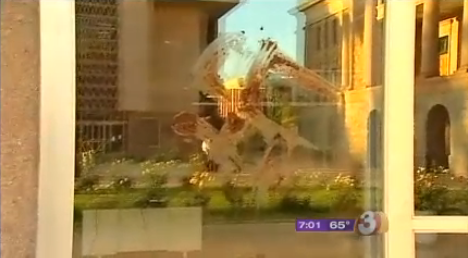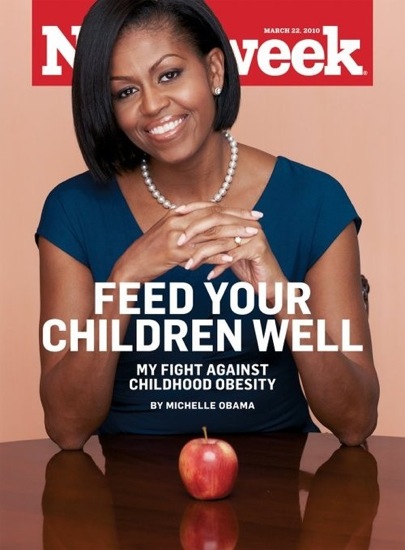
Image Credit: Screenshot from Towleroad
H/T: Hampton Finger
It’s been hard to miss the recent media coverage of the new
Arizona immigration law SB 1070, which allows police to stop individuals and
require them to show legal papers proving their citizenship upon “reasonable
suspicion.” Many have interpreted
this as legalizing racial profiling, which has caused protests to spring up against
this, most recently the one pictured above where individuals smeared refried
beans in the shape of a swastika to point out the potentially fascist
implications of the bill. What
makes me curious is how racial tensions have been visually deployed during the
theoretically post-racial Obama presidency.
I was fortunate to recently attend a talk at the University
of Texas’s John L. Warfield Center for African & African American Studies
given by Dr. Soyini Madison on the topic of “White Anger, Crazy Patriotism, and
(Post) Black Performativity.” In
this talk, Dr. Madison discussed how what she refers to as “crazy patriotism,”
which she accounts for as something like a sacred belief in nationalist
ideology, first projected their frustrations onto Michelle Obama to portray her
as an angry black woman who hates America (as seen on a New Yorker cover
previously discussed on viz.), then
re-appropriated it as a righteous anger that seeks to preserve American
values. This discussion seemed
relevant for viz. readers if only because Dr. Madison constantly referred to
the visual “momification” of Michelle Obama on newspaper stands nationwide.

Image Credit: Jezebel
Jezebel’s recent post on her magazine covers notes how
frequently she likes to pose with her hands clasped:
Why do so many Mobama covers feature
the First Lady with her hands demurely clasped? Deliberate signaling of her
approachability? Or is it just how she likes to pose? What does it all mean?
Jezebel is clearly onto something here: the pearls she
wears, along with her clasped hands, her manicured nails, and the apple on the
table all serve to portray the First Lady as a suburban middle-class mom whose
causes and views are all as wholesome as the organic foods she grows in her
home garden. Yet while some have
criticized her for this momification, Madison points out how this particular
post-black identity allows the Obamas to displace crazy patriotism yet still
maintain race as a part of the discussion. (It’s interesting to consider how her image helps sell
magazines as a note, though—she helps sell magazines directed at
African-Americans, but “doesn’t produce more than an occasional lift” for general-interest
publications.)
The question that I think can come from pairing together what
seems like two different discourses is to see how the visuals of post-raciality
still lean on racially encoded signifiers. Just as refried beans serve as shorthand to identity an
angry Hispanic speaker, Michelle is dressed and posed to present a
nonthreatening blackness to viewers.
William Faulkner once wrote that “the past is never dead, it’s not even
past.” We can see in these images
that while some commentators and Tea Partiers might argue that this law doesn’t
involve racial profiling and that Obama is not subject to racist attacks, racism and its legacy remain problems with which we must cope—especially when people are already
being arrested according to this law's logic.
Comments
(white) motherhood
What strikes me (and troubles me) about the way Jezebel et al. discuss "mother-ish" depictions of FLOTUS is the unexamined assumption that motherhood is white. Their arguments seem to go something like, "Michelle Obama doesn't want to be perceived as 'too black.' Therefore, she presents herself as a mother." The missing (major) premise of this enthymeme is "Mothers are not black" or, more simply, "Mothers are white." That is a particularly disturbing postulate (it get worse when we consider our country's racial history of wet nurses and black nannies).
On a side note, I'd like to find the person responsible for the current use of "post-racial" thump them on the head. We're not post-racial anymore than we're post-religious or post-gendered.
Racially encoded signifiers
I'm skeptical -- is there any way that she could dress or portray herself that *wouldn't* be taken as a "racially encoded signifier" by somebody?